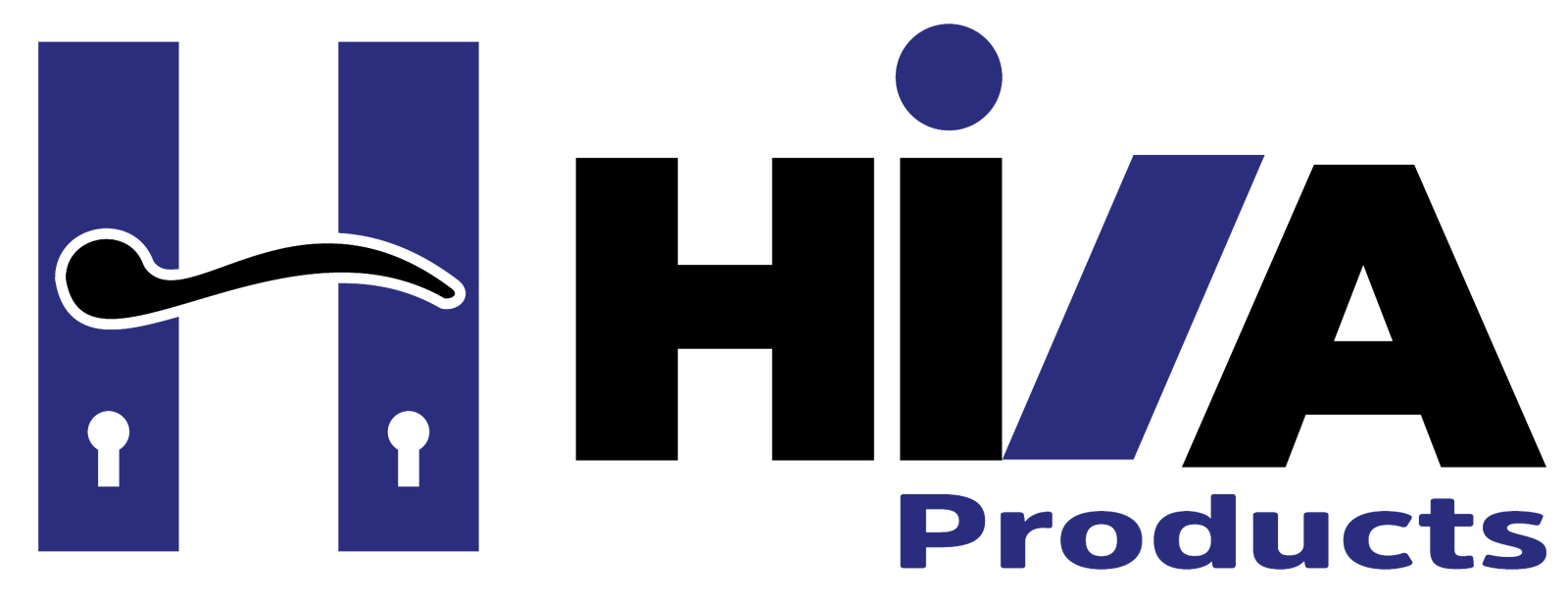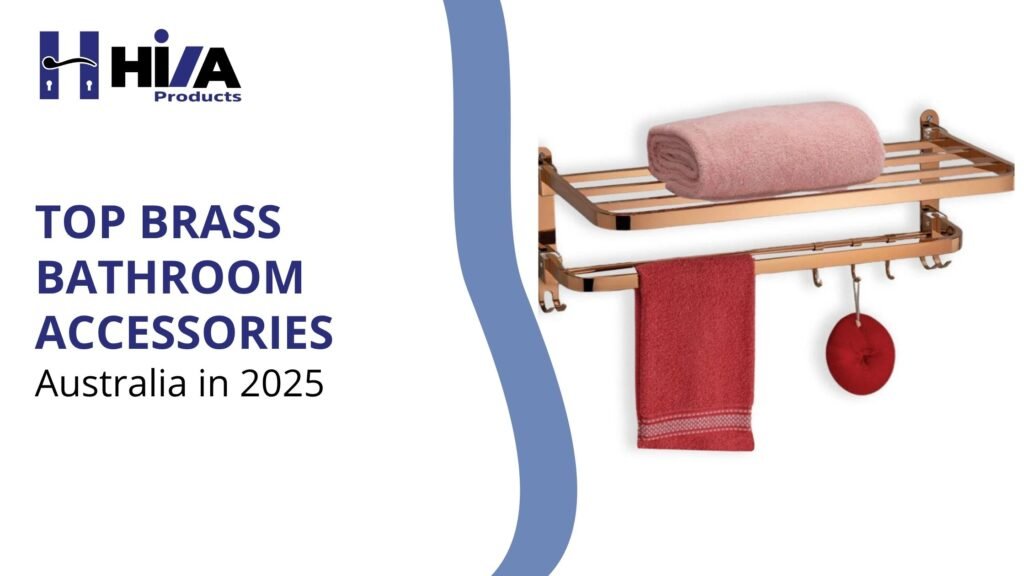Australia’s bathroom accessories market valued at USD 484.45 million in 2024 is projected to reach USD 1,279 million by 2033—but here’s what the headlines missed. While everyone’s chasing the growth numbers, the real story is unfolding in material choice psychology. Matte finishes, black and brass accents, and natural materials like stone and wood are popular choices, reflecting a blend of modern and rustic aesthetics.
The contradiction? Brass is simultaneously Australia’s most coveted and most misunderstood bathroom material. The market speaks one language—premium demand is exploding—but suppliers are still speaking another.
The Brass Paradox: Why Premium Means More Than Price
Walk into any high-end Australian bathroom showroom and you’ll witness the brass paradox firsthand. Customers gravitate toward brass fixtures with magnetic certainty, then hesitate at purchase. The reason isn’t cost—it’s confusion.
Stainless steel is highly durable, low maintenance, and versatile, making it suitable for modern bathrooms. Brass has a classic and elegant look, but it requires more maintenance to prevent tarnishing. This conventional wisdom is driving purchasing decisions—and it’s fundamentally flawed.
The reality? Modern brass manufacturing has evolved light-years beyond traditional limitations. Brass is easier to bend, shape or mold fittings to suit your needs than most other metals, creating design possibilities that stainless steel simply cannot match. But here’s the kicker: most suppliers are still selling yesterday’s brass with yesterday’s talking points.
Smart suppliers understand that brass isn’t competing with stainless steel on durability anymore—it’s competing on emotional resonance. Pantone’s 2025 Colour of the Year, PANTONE 17-1230 Mocha Mousse, is taking centre stage in bathroom design. This warm, muted brown is reminiscent of chocolate and freshly brewed coffee, offering a cozy, grounding feel that brass accessories complement naturally.
The Supply Chain Truth No One’s Discussing
Here’s what separates market leaders from market followers in Australia’s brass bathroom game: understanding the manufacturing reality behind the aesthetic appeal.
“Some suppliers will finish directly with the brass, ‘raw brass’ or ‘living brass’, these are natural and will develop a patina on them,” explains industry expert Melissa from Reece Plumbing Mill Park. This isn’t a bug—it’s the feature that’s driving premium positioning.
The mistake most suppliers make? Treating patina development as a maintenance issue rather than a value proposition. Sophisticated buyers aren’t purchasing brass despite its living characteristics—they’re purchasing it because of them.
The tactical advantage for suppliers: Position brass accessories as investment pieces that improve with age, not products that deteriorate. The material science supports this completely—brass develops character while maintaining structural integrity in ways that coating-dependent materials cannot match.
Data-Driven Supplier Selection: The New Competitive Intelligence
The Australia Bathroom Fittings Market is projected to grow from USD 429.82 million in 2023 to USD 790.20 million by 2032, at a compound annual growth rate (CAGR) of 7.00%. Within this growth, brass accessories represent the highest-margin opportunity—but only for suppliers who understand the three non-negotiable criteria that separate winners from wannabes.
Criterion One: Manufacturing Transparency
Elite suppliers don’t just source brass—they understand brass composition down to the alloy percentage. Type 304 stainless steel is of the highest quality, containing 18% chromium and 8% nickel—brass suppliers should demonstrate equivalent technical literacy about their copper-zinc ratios and antimicrobial properties.
Criterion Two: Finish Innovation
The market has moved beyond basic polished brass. Leading suppliers offer multiple finish options—brushed, antique, living finishes—each targeting different design philosophies. The supplier who understands finish selection as aesthetic strategy, not just product variation, captures premium positioning.
Criterion Three: Installation Ecosystem
Here’s where most suppliers stumble: brass accessories aren’t standalone products. They’re components in cohesive design systems. The suppliers winning long-term contracts understand compatibility with popular Australian tapware brands, mounting systems, and renovation workflows.
The Strategic Shift: From Product to Experience Architecture
The transformation happening in Australia’s brass bathroom market isn’t about better products—it’s about better product understanding. Towel racks and rings dominated the market in 2024, capturing a 42.5% share due to their combination of practicality and aesthetic appeal.
But here’s the insight most suppliers miss: functionality alone doesn’t command premium pricing. Brass accessories succeed because they solve the aesthetic coherence problem that plagues bathroom renovations.
The winning supplier formula: Curate brass collections that tell design stories, not just fulfill functional requirements. Think bathroom mood, not bathroom inventory.
For example, pairing brush-finished brass towel rings with matching soap dispensers and tissue holders creates aesthetic unity that stainless steel mixing-and-matching simply cannot achieve. The material consistency becomes the design foundation—not just the product choice.
Future-Proofing Through Material Intelligence
The suppliers positioning for long-term dominance understand something their competitors don’t: brass bathroom accessories aren’t competing in the fittings market—they’re competing in the luxury renovation market.
Australia Bathroom Products Market to reach $4,536.2 million by 2030, CAGR of 6.3%. The growth isn’t just in volume—it’s in sophistication. Customers are increasingly selecting suppliers based on material expertise, not just product availability.
The strategic recommendation: Lead with brass knowledge, not brass inventory. The supplier who can explain why brass complements natural stone better than alternatives, or how brass patina development enhances rather than diminishes bathroom aesthetics, captures the premium customer segment.
This isn’t just about selling bathroom accessories—it’s about architecting bathroom experiences where brass plays the starring role in Australia’s most intimate design spaces.
For suppliers ready to capitalize on Australia’s brass bathroom revolution, the opportunity window is wide open. But it won’t stay that way. The market is rewarding material intelligence and design sophistication—yesterday’s generic supplier approach won’t survive tomorrow’s educated buyer expectations.

